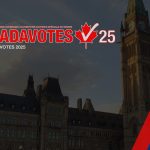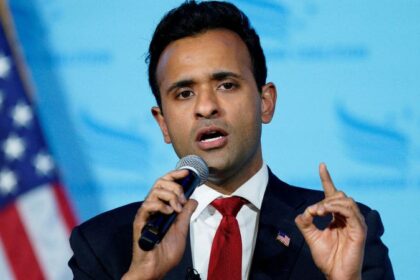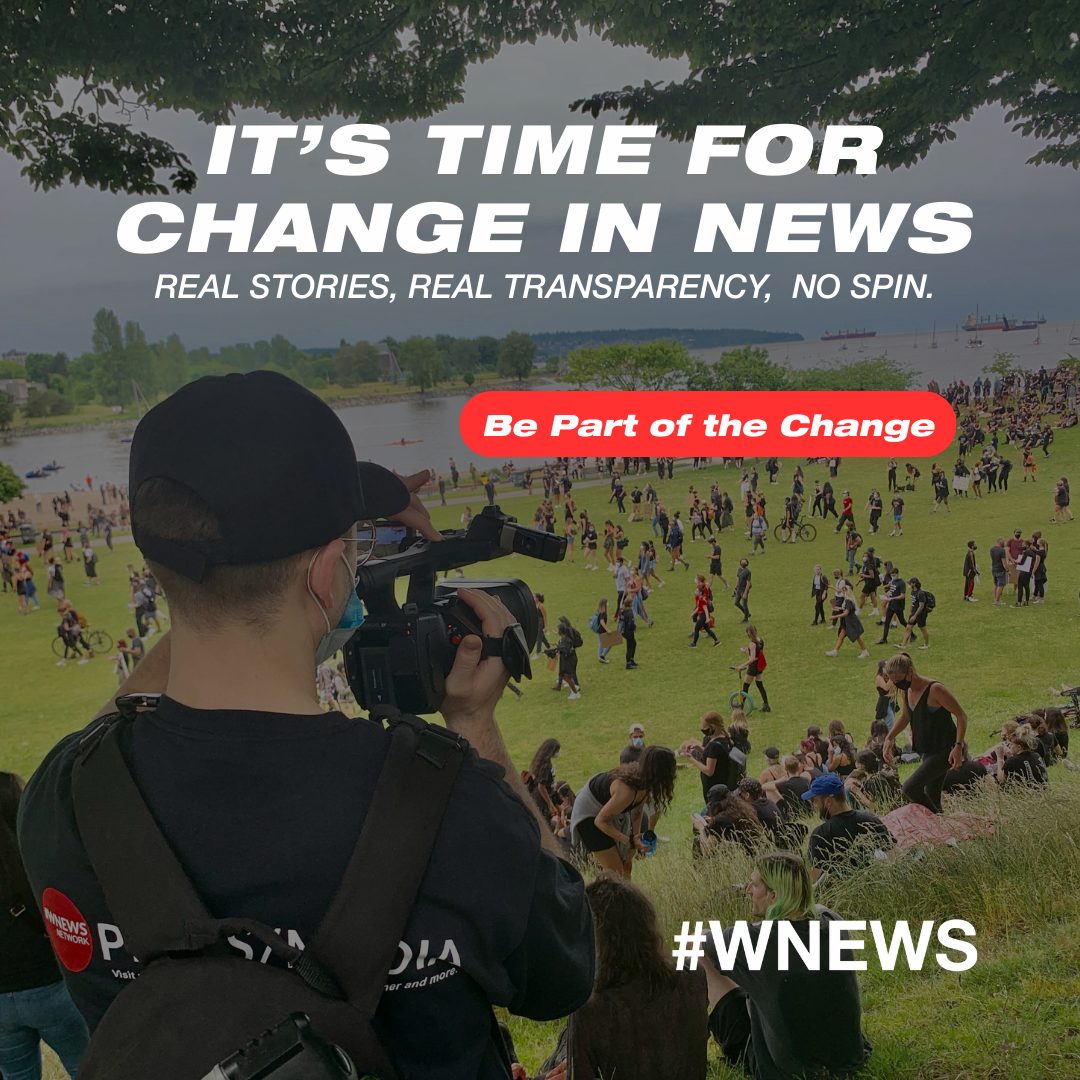- General Elections to occur on April 28
- At least two debates are expect to occur in early April
- 172 Seats are needed to Secure a majority
Ottawa, ON, Canada (WNEWS) – In a bold and swift political move, Prime Minister Mark Carney has officially called a snap federal election for April 28, 2025, after meeting with Governor General Mary Simon, who signed off on the dissolution of the 44th Parliament earlier today. The announcement came just two weeks after Carney became Liberal leader and just over a week into his tenure as Prime Minister.
Facing heightened trade tensions with the United States and a rapidly shifting political landscape at home, Carney said he is seeking a strong mandate from Canadians to lead the country through economic uncertainty and a redefining moment in its global relationships.
We are facing the most significant crisis of our lifetime because of President Trump’s unjustified Trade actions and his threats to our sovereignty” the Prime Minister told reporters in Ottawa.
A New Face at the Helm
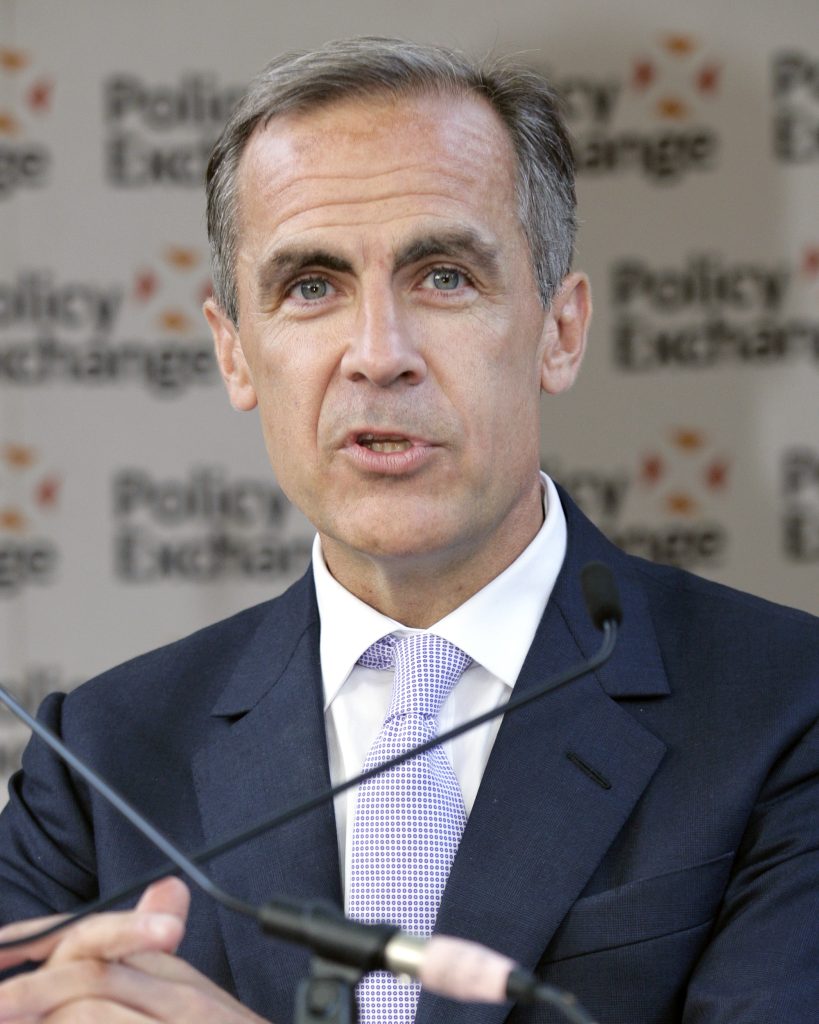
Carney’s rise has been anything but conventional. A career economist and former Governor of the Bank of Canada and Bank of England, he was acclaimed as Liberal Party leader on March 9 following Justin Trudeau’s resignation. Trudeau stepped aside after months of lagging polls and internal criticism over his leadership, especially in the wake of repeated ethics controversies and stagnating electoral support.
Sworn in as Prime Minister on March 14, Carney quickly signalled a new tone in Canadian politics—technocratic, focused on economic stewardship, and strongly nationalist in posture.
What’s on the Line: A Bigger Parliament
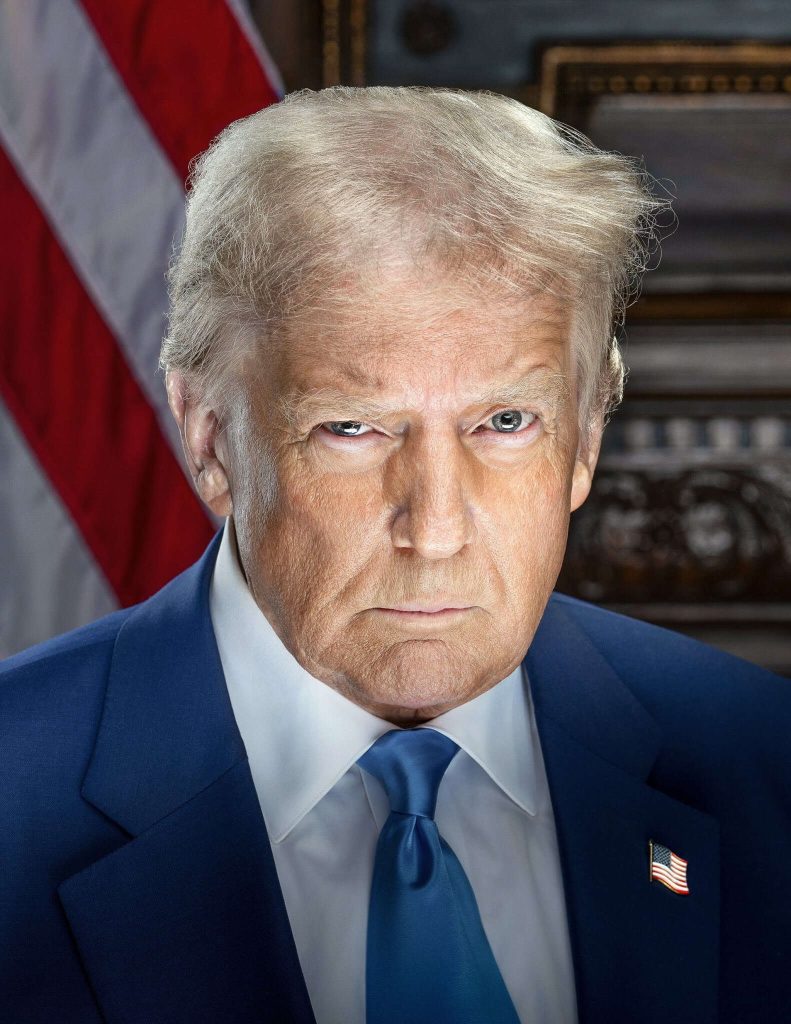
This will be Canada’s first election under new electoral boundaries that expand the House of Commons from 338 to 343 seats, a change reflecting population growth and redistribution.
A majority government will now require 172 seats, up from the previous 170.
Elections Canada finalized the redistribution in 2023, adding five new ridings in fast-growing regions of Ontario, Alberta, and British Columbia. The changes are intended to give greater representation to urban and suburban voters whose populations have surged over the last decade.
Trade War with Trump Looms Over Ballot
The snap election call comes in the shadow of an escalating trade war with the United States. U.S. President Donald Trump, seeking re-election himself, reimposed sweeping 25% tariffs on a range of Canadian goods earlier this month—excluding automotive and energy exports for now.
For these wondering what happened to Canada under 10 years of Liberals, Hope and Change is underway”
Pierre Poilievre | March 23, 2025
Carney, backed by a sudden wave of nationalist support, has vowed to defend Canada’s economic independence. He announced a diplomatic tour to Europe next week, with meetings scheduled in Paris and London to shore up trade partnerships and reduce dependency on U.S. markets.
Key Election Issues Canadians Will Vote On
With just over five weeks to campaign, the parties are zeroing in on the following major issues:
1. Economic Sovereignty & Trade Diversification
The tariffs have sparked calls to lessen reliance on U.S. markets. Carney has pledged to accelerate trade deals with Europe and the Indo-Pacific. The Conservative Party under Pierre Poilievre blames Liberal mismanagement and promises to “stand up to Washington without caving to Brussels.”
2. Internal Trade Reform
Carney is pushing for the elimination of internal trade barriers within Canada by July 1, 2025, which he claims will boost GDP by reducing costs and simplifying regulations between provinces.
The agreement is to turn what has been a concept into a reality that will diversify and strengthen our economy… We are committing to removing all federal exemptions under the Canada free-trade agreement,” Carney said on Friday in Ottawa.
3. National Unity & Identity
President Trump’s veiled annexation remarks have reignited Canadian nationalism. Both major parties are tapping into patriotic sentiment, though the Liberals lean on global cooperation, and the Conservatives double down on self-reliance and Western provincial autonomy.
4. Crime & Public Safety
Rising rates of violent crime and property offences in major cities are becoming a flashpoint. The Conservatives are advocating for tougher sentencing laws and increased police funding, while the Liberals say investment in mental health and community programs will lead to long-term safety. The NDP has pushed back on both, calling for criminal justice reform and accountability in law enforcement.
5. Immigration Policy
After record-high immigration levels in 2023–2024, the issue has become increasingly politicized. The Conservatives are calling for a temporary cap on newcomers until infrastructure catches up, particularly in housing. The Liberals defend immigration as essential for economic growth, especially with aging demographics. Carney has promised to “balance ambition with integration” in future immigration targets.
6. Leadership Experience
Carney’s technocratic resume is being tested against Poilievre’s populist messaging. Poilievre has spent years cultivating a base frustrated with Ottawa and globalist elites. In contrast, Carney appeals to moderate voters seeking stability.
7. Cybersecurity & Democratic Integrity
With rising threats of election interference, Carney has promised strengthened oversight, cyber protections, and transparency. Both CSIS and Elections Canada are coordinating to ensure a secure vote.
8. Affordability, Housing & Healthcare
Though the economy dominates headlines, voters still list the cost of living, housing shortages, and healthcare wait times as top concerns. The NDP and Greens are expected to focus heavily on these issues to peel away progressive voters.
The Opposition Response
Pierre Poilievre wasted no time accusing Carney of using the election as a distraction from years of Liberal economic missteps. Poilievre introduced the “Canada First for A Change” campaign, where Change and Hope are the focus of Canada’s future.
With Change, comes hope. Hope for a better future. I will say to the mother, worried about the cost of feeding her kids, Hope is on the way. For the 35 years-old to wants to live his mother’s basement to buy a home and start a family, change is coming. For seniors, who have to choose between heating their homes or feeding their families, Hope is on the way. For these wondering what happened to Canada under 10 years of Liberals, Hope and Change is underway” he told reporters at a press conference in Gatineau, Quebec on Sunday morning.
Despite polling well in late 2024, the Conservatives have seen a slip in recent weeks, as Carney’s calm demeanour and economic credibility appeal to Canadians rattled by international headlines.
Public Mood: Mixed, But Focused
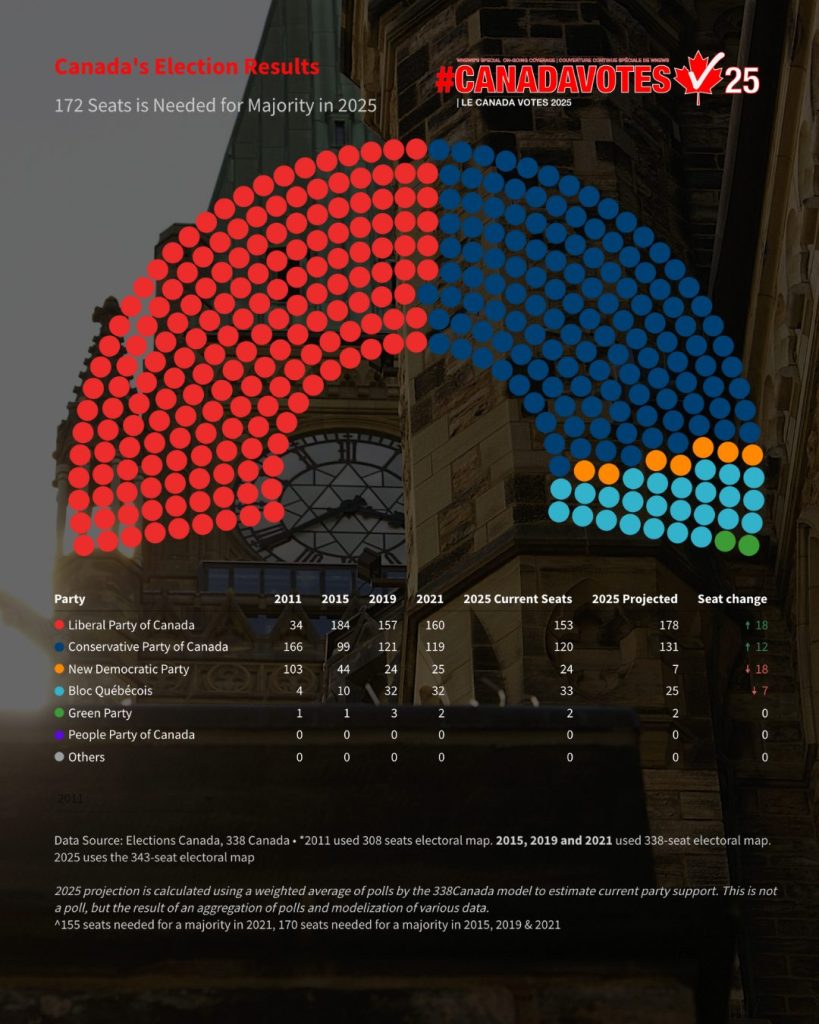
Early polling indicates that Canadians are closely monitoring how the parties manage the trade standoff. A surge in patriotic sentiment could positively impact Carney’s standing, particularly if he is perceived as a reliable and steady leader.
The latest polling data from 338Canada suggests that the Liberals are projected to win a majority with 178 seats, while the Conservative Party is projected to gain 12 seats to 131 seats.
The NDP is expected to suffer a significant loss in the upcoming election, potentially losing its official party status. This comes as NDP supporters are unhappy with Leader Jagmeet Singh’s support for the Liberals.
Others remain wary of his short time in office and lack of retail political experience. Meanwhile, voters in Quebec and the Prairies may prove decisive in determining who gets a mandate.
What Comes Next
Over the next five weeks, Canadians will be inundated with campaign promises, party ads, and debates that could determine the country’s path on trade, unity, immigration, and crime policy.
Ballots will be cast on Monday, April 28, with advanced voting starting the week before.
As in years past, there will be at least two national debates, one in English and French. The first is expected in early April.
As the race begins, the stakes are high and the path forward is uncertain. One thing is clear: the Canada that emerges on April 29 will be markedly different from the one that entered 2025.
This is a Breaking News story and will be updated as required.
- Editorial Update – March 23, 2025 (10:07 AM PT/1:07 PM ET): Fixed grammar errors in the article. Also fixed the location of Pierre Poilievre’s press conference from Ottawa to Gatineau, Quebec



